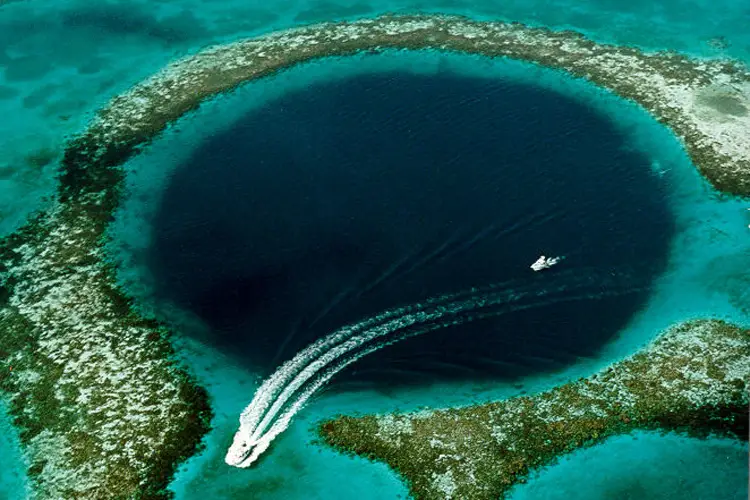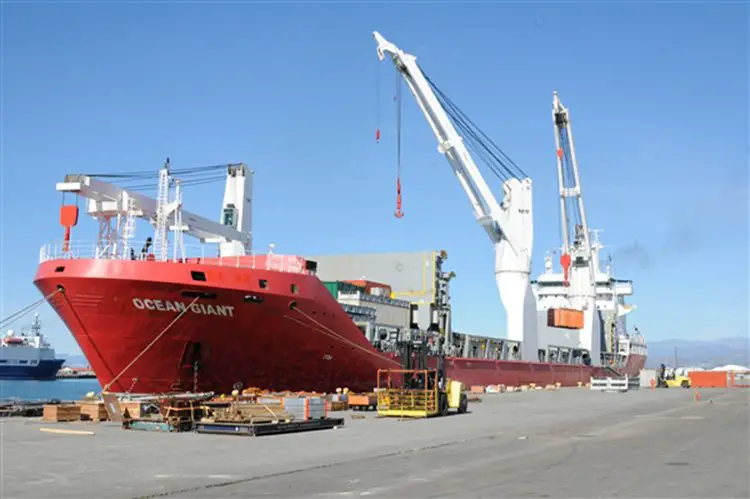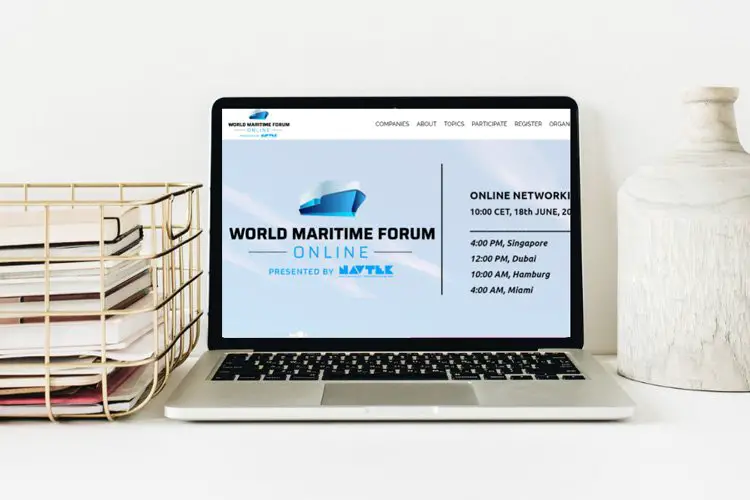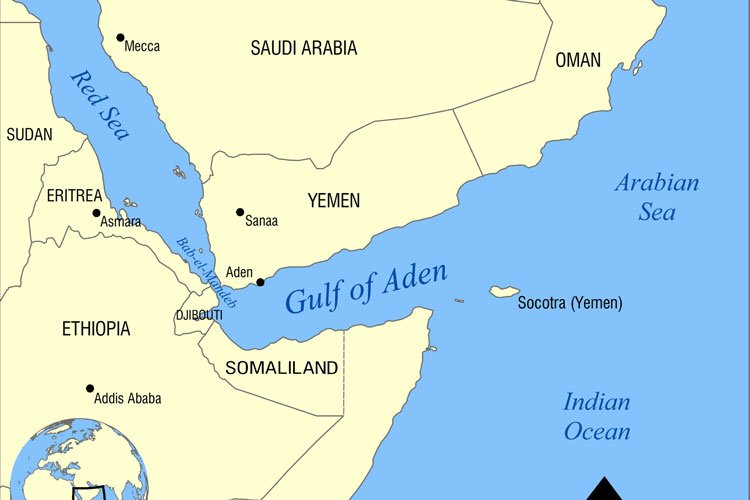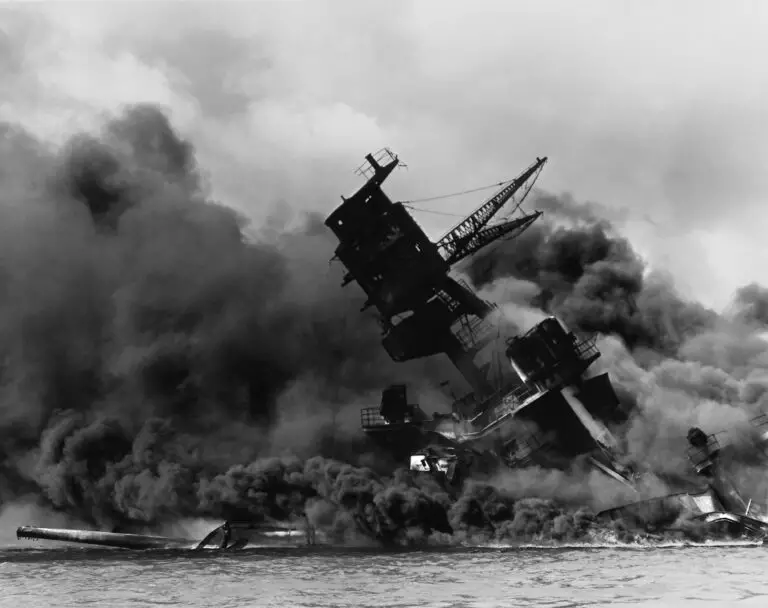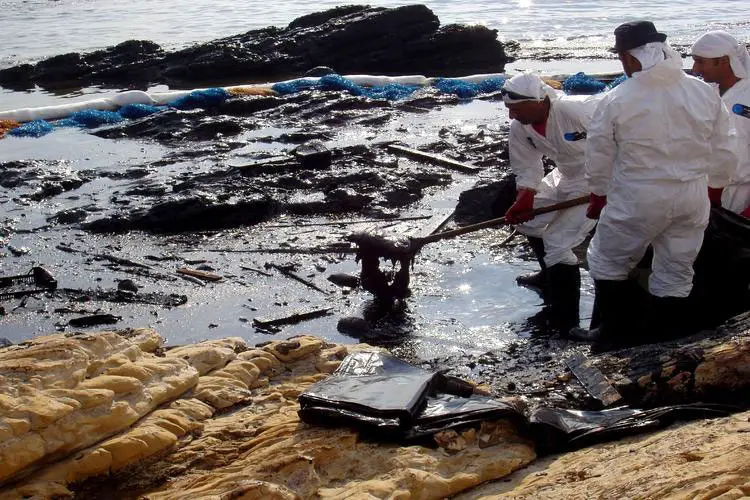How Does the Corrosion Process Affect Ships?
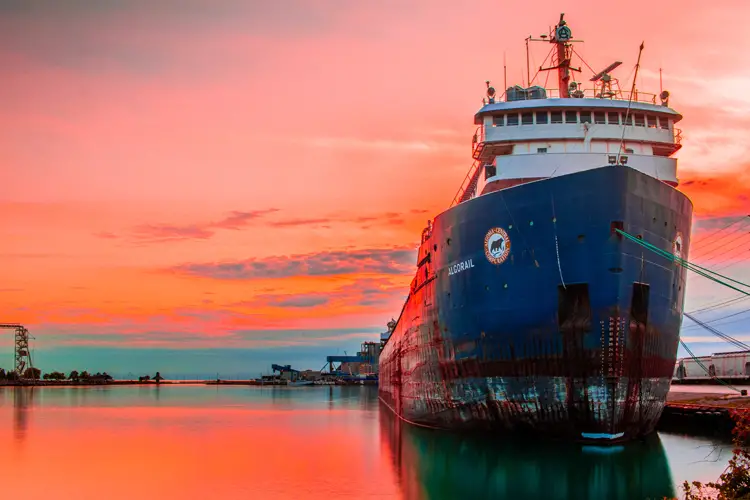
Boats constantly interact with water, making them susceptible to damage at sea. While ship operators have numerous duties, watching for and preventing corrosion is high on the list.
Corrosion causes ship parts to deteriorate over time, compromising the boat’s integrity and leaving occupants vulnerable to accidents. Longevity and efficiency are crucial for ships, considering today’s economic demands. How can crews keep their vessels in tip-top shape?
First, understanding how the corrosion process affects ships is essential. Then, crews must be able to identify the types of corrosion and prevent it for the boat’s long-term health.
How Does the Corrosion Process Affect Ships?
Corrosion occurs when metals deteriorate, whether from the air or ocean water. The primary culprit of this decay is oxygen. A ship’s metals begin to corrode when going through oxidation, when metals lose electrons to the oxygen coming from seawater, thus forming an oxide with the metal.
Corrosion is a common issue for ships, leading to weakened structural integrity and equipment failure. An older study from “Transport and Aerospace Engineering” says 90% of ship failures derive from corrosion, making it a priority for crews worldwide.
The corrosion process affects ships in numerous ways, starting with the boat’s metal parts. For instance, it wears the hulls and makes them weaker over time. Metal decomposition creates cracks and thins the hulls, meaning they’re less capable of withstanding waves and the weight of heavy cargo. Additionally, ocean storms can become a nuisance and cause ship corrosion.
While the corrosion process causes equipment failure, its effects are visible before the breakdown. Metal decomposition leads to increased drag and decreased fuel efficiency. Corrosion causes the hull’s composition to change and become coarse, making moving more difficult for the ship and requiring more fuel usage. Maritime transportation accounts for about 3% of greenhouse gas emissions worldwide, so upkeeping ships for efficiency is critical.
Another critical impact of corrosion comes through tanks. A ship’s tanks hold fuel, ballast water and other vital materials, but metal decomposition makes them susceptible to failure. Corrosion weakens the tank walls and increases the risk of leaks and sinking. Ship crews should also be aware of materials inside the containers causing metal decay, such as gasoline. Petroleum items accelerate wear because of their chemical reactions, thus causing corrosion.
What Types of Corrosion Affect Ships?
While corrosion is a silent killer of ships, understanding the different types is essential. Ships have numerous points vulnerable to water damage, so here are three types of corrosion crews should watch for.
Galvanic
One of the most common types of corrosion that crews see is galvanic corrosion. This decomposition occurs when multiple metals react after contacting saltwater, partly due to their instability.
Galvanic corrosion most often occurs with grounded metals on ships, considering how conductive saltwater can be. Additionally, the metals typically have different electric potentials depending on their electrons.
Galvanic corrosion can occur in numerous places on the ship, so crews must be vigilant of this decay. For example, a vessel could have an aluminum hull with steel parts throughout, such as a propeller.
Aluminum and steel have differing electric potentials, with aluminum being an anode and steel being a cathode. Galvanic corrosion weakens the aluminum hull in places where the metals intersect.
Crevice
Crevice corrosion is another decomposition affecting stainless steel. Crews will likely find this decay in narrow spaces on the ship, such as gaskets, overlapping plates, fishing lines and other areas. Stainless steel is more susceptible to crevice corrosion in spots with exposure to moisture but minimal oxygen. It may also occur where water has entered but cannot escape, such as the scuppers and hawse pipes.
Like galvanic corrosion, crevice corrosion is a silent killer because it’s difficult to spot. Plates are an excellent place to start because of their narrow spaces, with idle seawater causing corrosion inside crevices.
Another place crews should check is the bolts around the ship. While bolt heads don’t allow much room, there is just enough space for moisture to enter and decompose the metal.
Pitting
Pitting corrosion is a type of decay similar to crevice corrosion. With pitting, ships suffer from metal decomposition in specific areas, causing holes and pits and accelerating wear.
Most instances of pitting corrosion are challenging for crews to spot because the holes are tiny and difficult to see with the naked eye. While the cavities are small, the impact is significant and worth attention.
A 2020 International Journal of Naval Architecture and Ocean Engineering study finds pitting corrosion weakens stiffened panels, thus lowering the ultimate strength of the ship.
The difficulty of detection makes pitting corrosion among the most dangerous types. Crews can typically locate this metal decomposition inside ballast tanks and various horizontal surfaces. Ballast tanks are common breeding grounds for pitting corrosion due to their high humidity and unstable temperatures.
How to Prevent Corrosion on Ships
Corrosion is costly and could be fatal if crews don’t manage it properly. Mitigating water damage extends a ship’s life and maintains peak performance for as long as possible, so crews should follow these four tips for preventing corrosion.
Implementing Maintenance Schedules
Preventive care is the best way to mitigate ship corrosion in the long term. Crews should implement maintenance schedules and regularly inspect the areas most vulnerable to rust. Early detection reduces the risk of significant damage to the ship and failure while at sea. Additionally, crews can extend the vessel’s life and save money by not having to build new ones.
Ship maintenance focusing on corrosion can come in numerous forms. For example, cleaning is the most straightforward way to prevent metal decomposition. Employees should clean all areas of the boat and focus on places with more rust than others. Workers must scrape the hull and remove materials creating debris buildup.
Examining Metal Needs
Ship operators should make material inspection a crucial part of their maintenance. If the metal in one area seems to have rust, it may be time for a replacement. This is an opportune time to consider swapping the part or structure for another one more friendly to metals.
For instance, corroded fasteners create vulnerable spots for ships, leading to hull and deck collapse. On a smaller scale, they can cause loose panels that fall onto the vessel’s occupants and cause serious injuries. The best type of fastener will depend on the boat, the waters it traverses and what conditions it endures.
Grade 316 stainless steel is ideal for protecting against saltwater corrosion and pitting. Despite its vulnerability to chlorine, grade 304 stainless steel is another popular choice because it can endure high temperatures. Ships navigating freshwaters might select galvanized steel because of its zinc coating.
Applying Protective Coating
Protective coatings are an excellent method for corrosion protection because they shield metal from saltwater and other harmful factors. Adding this layer protects the hull and extends the ship’s life even when traversing treacherous waters.
The type of coating depends on the ship’s needs. Operators could select organic coatings like epoxy, acrylic or alkyd because they’re affordable and renowned for corrosion protection. Other options include zinc coatings, such as zinc silicate, or ceramic coatings for pipes and similar fixtures.
Finding Clean Waterways
Crews can only control so much on their boats to prevent corrosion. Preventive maintenance and durable metals are crucial, but one of the biggest factors is the type of water traveled.
Saltwater is hard to avoid, considering it’s found in about 97% of all water on the planet. Still, ships should find clean waterways and minimize the debris accumulated on their travels.
Polluted waters are a significant problem in each frequently traveled ocean. For example, the northern Pacific Ocean has a stretch of water known as the Great Pacific Garbage Patch between the United States and Japan. While the precise amount of trash is unknown, heavy waste and debris negatively impact ships. Experts say about 20% of the pollution comes from boats, whereas the other 80% originate from land.
Dirty waters harm ships by introducing outside chemicals and pollutants into the water. For instance, industrial waste and acids enter the ocean and lower the pH level, making it easier for ships to rust and emphasizing the need for protective coating.
Crews Combating Corrosion
Saltwater is a direct cause of rust for ships sailing in the ocean, but there isn’t much crews can do about the water. Therefore, they must account for it when combating corrosion and extending the ship’s longevity. Crews must know the types of corrosion, where they can find them most often and how to prevent metal decomposition to keep all occupants safe.
Author Bio
Jack Shaw is a freelance writer and lover of the ocean. He seeks to see as much of the world as he can and shares his knowledge, research and experiences through his writing. His works can be found on Modded, Fish’n Canada, Maritime Manual Page, and more.

